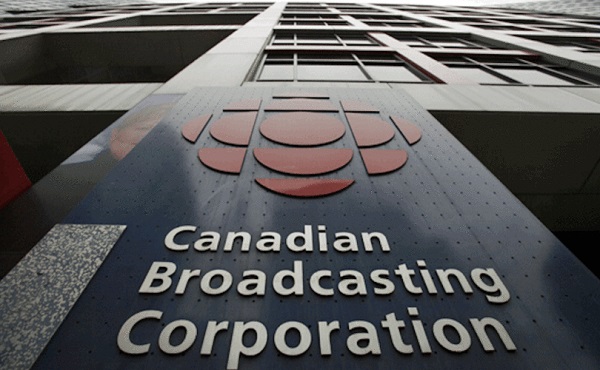By Sheldon Spackman
Officials with the Red Deer and District Chamber of Commerce would like to see a little more aggressive action taken on reducing Alberta’s Deficit and Debt. That, according to Policy and Advocacy Manager Reg Warkentin, reacting to the third quarter fiscal update announced by the province’s Finance Minister Joe Ceci on Thursday.
Ceci’s update indicates the 2016-17 deficit is forecast to be $10.8 billion, consistent with the forecasts provided in the first and second quarter updates. Total revenue is now forecast at $42.9 billion, $1.5 billion higher than at budget, mainly due to improving resource revenue, federal transfers and investment income. Total expense is forecast at $53.7 billion, an increase of $2.6 billion from budget. Warkentin says the government appears to be relying too much on resource royalties to balance the budget and would like to see them be more proactive in getting deficit spending under control.
Warkentin says Alberta was spending $40 billion a year five years ago and now spend $53.7 billion. He says that’s a 30 percent increase and cause for concern. Warkentin adds it’s interesting to note that Alberta’s per-capita spending is over $2,700 more per person than B.C.’s for example.
Alberta’s main operating expense increases include:
- $284 million for health system pressures and drug costs
- $179 million mainly to support higher caseloads for social services related to the downturn, such as Income Support and AISH; and child intervention
- $104 million primarily for school enrolment growth to ensure there are teachers in every classroom
- $72 million increase for agriculture-related spending such as income support to producers affected by low cattle prices
However, Warkentin says it’s good to see the economy appears to be on the right track with positive economic indicators such as higher employment numbers and increased drilling activity. According to the province, there were 199 rigs drilling in January of this year, the highest level since early 2015. Alberta exports reached $8 billion in December 2016, 47 per cent above the low point in April 2016. Employment has also grown by 18,000 since bottoming out in July of 2016. Warkentin says what he sees on a provincial scale, seems to be in step with what’s happening locally in the Red Deer region as well.
Alberta’s economy is expected to grow by 2.4 per cent in 2017, spurred by higher oil and manufacturing exports, a modest improvement in oil prices, continued public-sector infrastructure investment and continued reconstruction after the Fort McMurray wildfire.
Warkentin acknowledges there have been some significant impacts on the province’s finances over the past year, with those impacts expected to continue for a while longer. Those being the cost of reconstruction from the Fort McMurray Wildfire for example and a one-time $1.1 billion expense for agreements to phase out coal-fired electricity generation by 2030. Actual payments of this amount will be made over the next 14 years and is simply being reported in the 2016-17 fiscal year. This amount will be funded through the price on carbon.
Overall, Warkentin would like to see the government “focus more on finding efficiencies and policies that foster economic growth” going forward.
Related



 ESG2 days ago
ESG2 days ago
 John Stossel2 days ago
John Stossel2 days ago
 Daily Caller2 days ago
Daily Caller2 days ago
 Alberta2 days ago
Alberta2 days ago
 Addictions2 days ago
Addictions2 days ago
 Aristotle Foundation1 day ago
Aristotle Foundation1 day ago
 conflict1 day ago
conflict1 day ago
 Business17 hours ago
Business17 hours ago



















